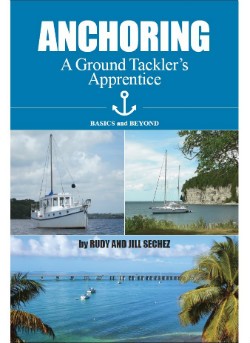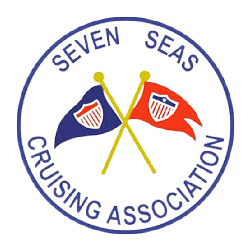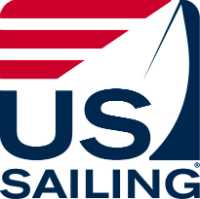Anchoring Responsibly: Seagrass and Coral
Date Posted: April 22, 2025
Source: Rudy and Jill Sechez, Trawler Training and Anchoring Consultants
Two of the more difficult bottoms in which to anchor—weeds and coral—are also considered 'sensitive bottoms', locations in which you should do no harm.
In weedy bottoms, the weeds can run the gamut from sparse to dense, while the weeds themselves can range from long, tough or fibrous, to short, weak or stringy; any of these can also be slippery enough to defeat many anchors.
[In this article, the terms 'weeds' or 'weedy' are used to collectively refer to any of the various types of vegetation that can be found growing in a seabed.]
When weeds are too dense for an anchor to pierce through to the seabed, the anchor only has the weeds to hook into, a tenuous hold at best. When the wind becomes strong enough, often less than you think, the anchor will pull out, damaging all that it rips through.
Because of this problem it is best to search for an area that contains no growth, then, no matter how small that spot, get your anchor set there, not in the weeds, though this is not always as simple to do as it is to write about.
The often touted technique to dive on the anchor to set it might work where the water is warm, shallow enough, and the weeds are short or fragile enough to allow the anchor to be forced through them. It also helps to be able to hold your breath long enough to do so. Otherwise, this technique is usually not practical, many times not even possible.
The good news is that there is a better approach... there is one anchor design that is reliable in weeds—the fisherman-style anchor.
Paul Luke, a highly regarded manufacturer of fisherman-style anchors suggests choosing these anchors based on weight—at least two pounds of anchor per foot of boat length, which is usually adequate through storm force winds, but in sand.
However, these anchors might benefit by being bigger, one-half pound to one pound heavier if being used in higher winds, where there is poor protection from seas, maybe even in very soft bottoms.
For use in long or dense weeds weight is a considerable advantage, enabling the this style anchor to more reliably crush down through the weeds in order to get its palms within reach of the seabed. To this end, it is better to have one of these anchors that is too heavy, rather than too light.
Yes, these anchors are challenging to deploy, recover and stow, but on the other side of the argument, these anchors provide the security to do the job when other anchors cannot.
With fisherman anchors there are generally two concerns: rode wrap around the lazy arm, and tripping when side-loaded. With either possibility, deploying an appropriate anchor in such a way to eliminate these risks should be considered. Yes, that means that you might need to carry two of these anchors!
In our case, on our 34 foot, heavy displacement trawler we carry a 70 pound Luke anchor and a 100 pound Luke anchor, along with a several other designs. Though the 70 lb. Luke is our primary grass and storm anchor, there have been times when we've had to deploy the larger anchor, other times, both.
We have never begrudged ourselves having these anchors, though we can't say the same when we find ourselves having to manhandle them. Fortunately, the Luke, as well as Kingston fisherman-style anchors come apart into three manageable pieces.
If there is any possibility that anchoring in weeds is in your future, you must obtain all of the appropriate gear ahead of time, get it all onboard, make the necessary arrangements to deploy, recover and stow it all, as well as always being willing to put the effort into their use regardless of any inconveniences to do so.
Anchoring in coral is a flat-out no-no as even the slightest damage to coral is harmful to the ecology, and cumulatively, the damage can be an ecological disaster.
It might be possible to locate areas free of coral, and if you can, that is where you should set your anchor. In areas where the rode would lay in the coral, the technique to use is to attach flotation along the rode, sized and spaced to keep the rode above the coral; yes, it is extra work, but ecologically worthwhile, not to mention less damaging to the rode.
If anchoring with zero damage to the coral is not possible, then: 1. use, if present, an existing mooring; 2. anchor in depths of one hundred feet or more, where coral doesn't grow; or, 3. go elsewhere.
Anchoring safely without inflicting damage to the environment is our responsibility as boaters... we should all do our part.

Find out more about veteran cruisers Rudy and Jill Sechez, Trawler Training and Anchoring Consultants, at their website: trawlertrainingabc.com. You can purchase their book, "ANCHORING−A Ground Tackler's Apprentice" through Waterway Guide Ship Store (waterwayguide.com).
Comment Submitted by gary haring - April 24, 2025
Explore More News & Articles In Specific Cruising Areas
Explore More Topics
NAVIGATION
BOATER EDUCATION
NEWS
SAFE BOATING
DESTINATIONS
U.S. COAST GUARD
EVENT
MARINAS
ANCHORING
MAINTENANCE
Recent Videos












